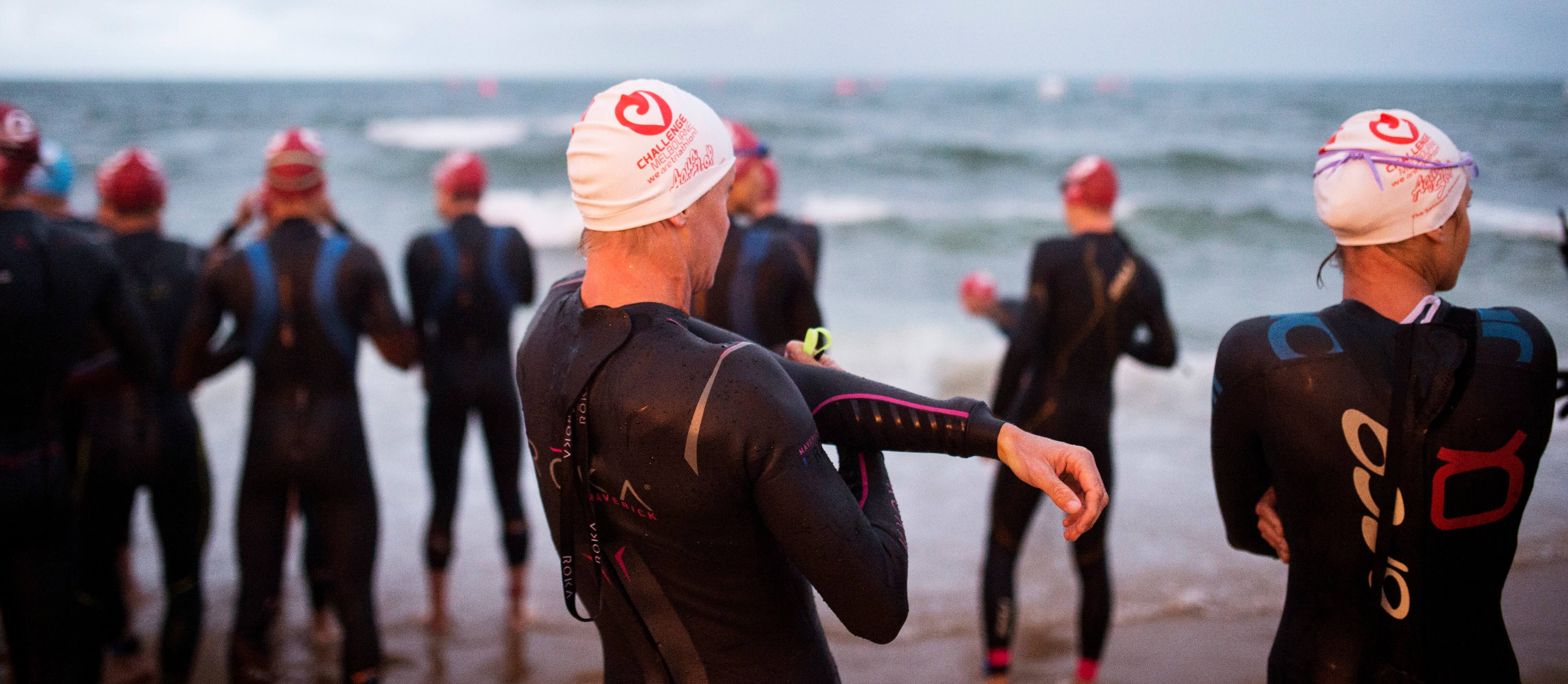
HOW TO PREVENT MUSCLE CRAMPS
Before you can prevent muscle cramps, you firstly need to understand what a muscle cramp is:
A muscle cramp is a sudden and involuntary contraction of one or more of your muscles. The single, exact cause is unknown because there are multiple causes of muscle cramps which effect different physiological pathways/processes that are responsible for the contraction and relaxation phases in a muscle. Muscle cramps can affect any skeletal muscles and can last anywhere from a few seconds to 10 minutes or longer.
Now you know what a muscle cramp is, you also need to understand what can cause a muscle cramp. A muscle cramp will occur when the normal mechanisms of controlling the muscle contraction/relaxation phases becomes temporarily impaired. This generally occurs from a hyper-excitability of the nerve that stimulates the muscle. We have listed the main causes of this below. We will also discuss how to prevent them from causing muscle cramps to help reduce your chance of suffering from them during your next training session or race
Dehydration :
Dehydration is one of the primary causes of muscle cramps. All nerve (electrical) signaling in the muscles takes place in an aqueous (water) environment. Depending on your unique physiology and genetics, if your intra or extra cellular hydration levels (body fluids) drop below a certain level, it will cause an impaired electrical signal which can lead to muscle cramping. To prevent this, you should always maintain good hydration by regularly drinking fluids which contain electrolytes e.g. Prodrate. Understanding how much fluids your body loses during exercise is also important as this will allow you to adequately prepare to rehydrate your body effectively to prevent muscle cramps. To learn how to calculate your sweat lost, click here
Electrolyte Loss :
The important electrolytes in your body are sodium, potassium, calcium and magnesium. These electrolytes are involved in specific functions during a normal muscle contraction. Sodium and potassium are required for conducting the electrical nerve signal to/from muscles. Magnesium and calcium are required during the contraction and relaxation phases of the muscle contraction. A significant drop in any of these electrolytes will cause your muscles to cramp. To prevent this, you should know how much electrolytes (mainly sodium) you lose in your sweat. Knowing this number will allow you to replace a certain percentage (normally 25-50%) of the amount you lose in your sweat. It is important you use a product that not only replaces sodium, but the other electrolytes (potassium, calcium, magnesium) e.g. Prodrate or Produrance. If you would like to find out how much electrolytes you lose in your sweat, click here If you would like to learn more about sweat testing and how to apply your results click here
Depletion of Carbohydrates :
As you exercise, especially at higher intensities, your body will burn its preferred source of energy, Carbohydrates. Once your stored carbohydrate (glycogen) levels drop below a certain level, it will cause an increase in your muscle fatigue level from the accumulation of unwanted by-products associated with using different energy systems to meet the energy requirements at your current intensity. These by-products accumulate and cause irritation to your muscles and nerves resulting in a hyper-excitability of the muscle/nerve and a muscle cramp. To prevent this, especially during long distance/duration races and training sessions, you should consume carbohydrates to minimize and prevent your body’s carbohydrate levels dropping to low. Through research, we know that the most effective way to maintain your carbohydrate levels, is to consume foods and products that contain a 2:1 ratio of glucose:fructose e.g. Produrance or Produrance Energy Gels. This allows your body to absorb up to 90g of carbohydrates per hour, which is 50% more than the traditional single source (dextrose or glucose or maltodextrin) carbohydrate products.
Unaccustomed Exercise and Intensity :
When you perform unaccustomed exercises/activities or perform at intensities that you haven’t effectively trained at previously, the likelihood of you suffering from muscle cramp is significantly higher. This occurs due to the irritation of the muscle/nerve and the lower excitability threshold of the muscles/nerves which occurs with untrained muscles. To prevent this, you should also slowly introduce new exercises/activities to your training program and then slowly increase your intensity ensuring you never race at an intensity you haven’t previously trained at.
Genetics :
Your genetics can play a significant role in your likelihood of suffering from muscles cramps. Your genetics have a major controlling element in the physiological development of structures associated with muscle cramping. From intracellular/extracellular fluid level capacity, electrolyte storage volume, excitability thresholds, by-product removal capacity and carbohydrate storage levels. Unfortunately you cannot change your genetics, but with training, conditioning and knowing your numbers you can minimize the effects of your genetics.
Medical Conditions and Medication :
Certain medical conditions can contribute to muscle cramps. Conditions such as nerve compression (sciatica, thoracic outlet syndrome) and reduce muscle blood flow (atherosclerosis) can result in a higher risk or likelihood of you suffering from muscle cramps. Certain medications (Diuretics, Blood pressure, Asthma, Osteoporosis and Cholesterol medications) can also cause cramps through a number of physiological pathways. On top of this, muscle injuries (tears) will also increase the likelihood of you suffering from muscle cramps. If you suffering from any of these conditions or take medications for any of these conditions, then you should speak to your local GP to discuss specific individual strategies to manage and prevent these conditions from causing you to suffer muscle cramps.